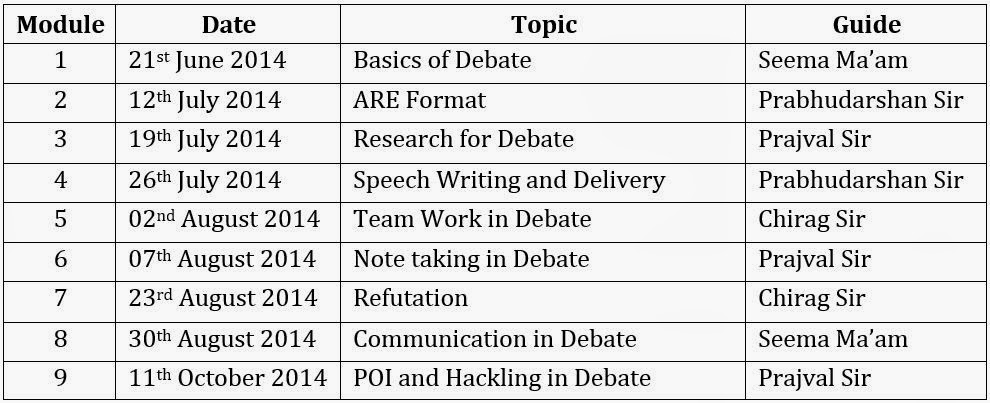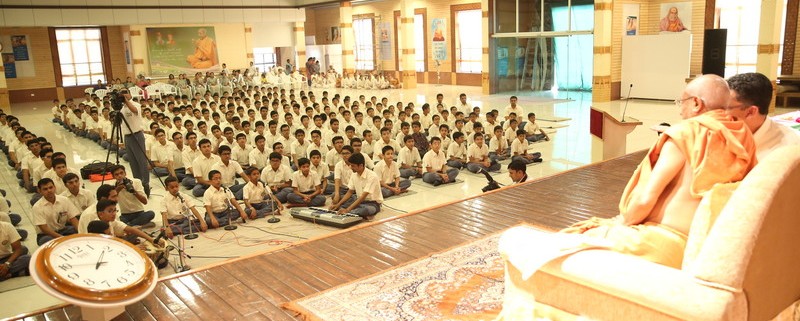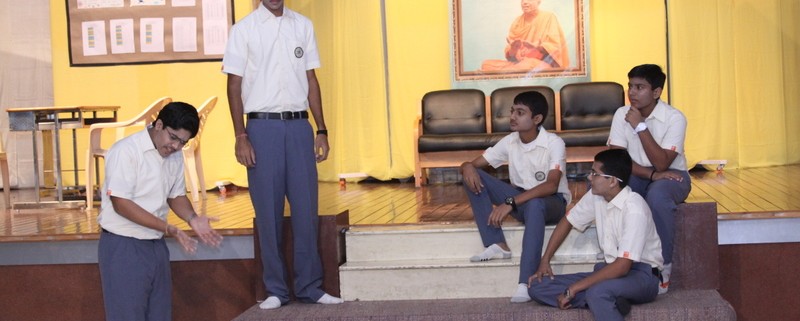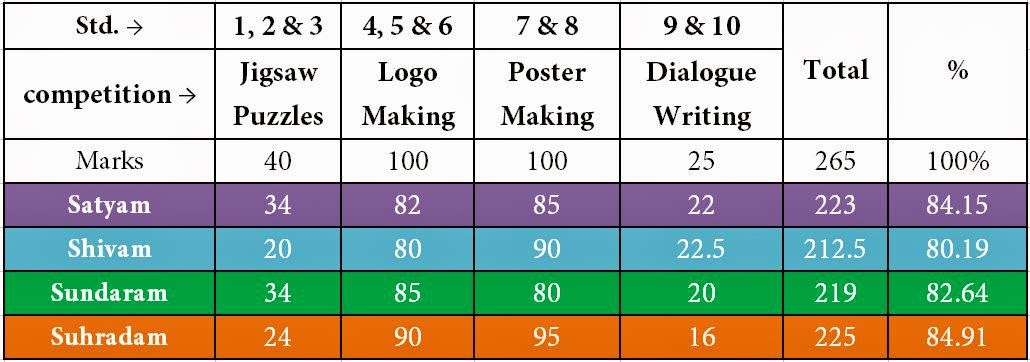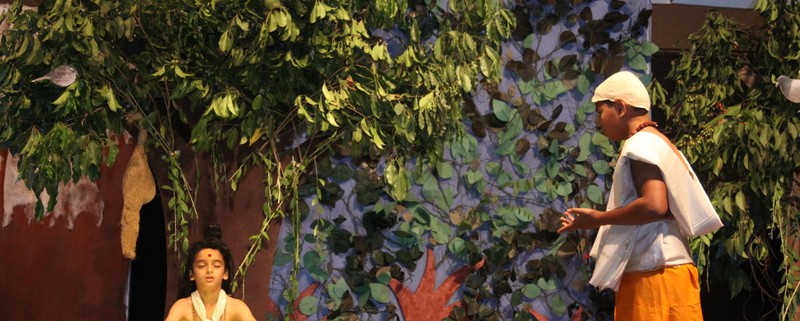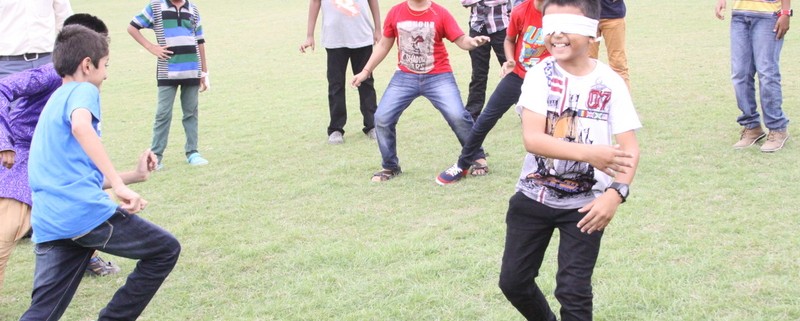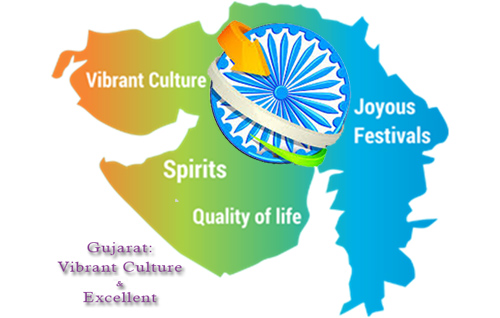Success comes with responsibility: Sundaram House Assembly
/in 21st Century Skills, AVM Updates, Value Based Education /by Seema JoshiWisdom and Teachings of Gunatitanand Swami ni Vaatu
/in 21st Century Skills, AVM Updates, Role Models, Value Based Education /by AVM TeachersInterpersonal Intelligence Competition 2014-15
/in 21st Century Skills, AVM Updates, Value Based Education /by AVM TeachersReal Intelligence: Vachanamrut Pratham 18
/in AVM Updates, Prayer, Thinking Skills, Value Based Education /by AVM TeachersTaking reference from the holy scripture Vachanamrut and excerpts from the blessings of Param Pujya Hariprasad Swamiji, the following was conveyed in the assemblies throughout the week:
- If we speak inappropriately, we fill ourselves with negativity via our tongue. Negative or inappropriate words take away our energy and decreases our ability to perform our daily tasks. When we eat inappropriately, that negativity is reflected out when we crave to taste a particular food item that we bind ourselves with and that leads to frustration when we don’t get it. It also lures us to overeat and makes us lazy.But if we speak appropriately and only about relevant things and also do not allow our sense of taste to defeat us, we will remain enthusiastic and energetic, and experience positivity in ourselves.
- If we listen to irrelevant or inappropriate words or music, it fills us with negativity. On the other hand, wise and positive words, good books, appropriate songs or bhajans increases the positivity in us. Relating to the daily experiences of students, it was highlighted that sometimes when we sit down to study or try to think about something new, we hear in our head, some music or song that we may have heard in the past. That actually divides our focus and ends up wasting our time.
- Our eyes are also remarkably capable of experiencing the world around us. Most of the times, we are not even aware of what we are seeing. If we allow our eyes to watch the negative of others or irrelevant things or inappropriate movies or shows, we will actually harm our own self. However, if we just see positive in others or allow our eyes only to see relevant and appropriate things, we shall experience an increase in energy and enthusiasm in our own self. Children also understood that memories of inappropriate movie scenes or irrelevant scenes or looking at the negative aspects of others or negativity in different situations, causes us to lose our concentration and even leads us to anxiety, anger and frustration.And the same is the case for our sense of smell and touch.
- Further it was made clear that our brain is like a sponge. It absorbs everything through the five senses. Anything we see, hear, taste, feel and smell will get stored in our brain. As a result, this will ignite emotions based on the quality it possesses.If the input is positive then it will help us to conserve our energy, keep us enthusiastic, motivated and bring eternal bliss.
If the input is negative and we keep or dwelling upon it again and again the effect of it will be brutal. It will be like taking an intoxicant, a drug that will take control of our thinking ability and not allow us to think appropriately and hence we will feel anxiety, anger, frustration etc… It will also be a waste of lot of energy and time.
- In Pratham 18, Shreeji Maharaj has also showed the way to keep our senses positive i.e. being with positive people, having darshan of Thakorji or saints, or watching appropriate documentaries or movies, can inspire us greatly.
Hence, Pratham 18 acts as an eye opener in our life. One who is aware of the ill-effects of dwelling on the negative things and puts consistent effort to maintain the positive inputs through one’s senses is a real intelligent person. Such a person will be able to conserve, nurture and utilize his energy to do productive tasks and will be able to achieve all his goals.
Children were also made aware that Shreeji Maharaj, towards the end in this Vachanamrut, says that “If you do so, I shall consider it to be equivalent to you having served Me in EVERY WAY. I will also bless all of you and be EXTREMELY PLEASED with you.”
Thus throughout the week we understood that
- Senses are the precious gift of God to humans. Moreover, capability to think is like icing on cake.
- We must be clear of what we want to do with our life. Have a goal, a destination to achieve.
- Keep the company of people who are positive, who aim high and who persevere to achieve their destination and goal.
- Perform daily religious and spiritual rituals like aarti, prayers, pooja and swadhyay.
- Have complete faith in God.
- Keep the company of God realised saint to get constant motivation and guidance.
Thus, it was understood that by keeping our senses positive, we are actually serving God and, that is the true service of our soul and hence, of God. A real intelligent person realises that there is no limit to the bliss of God. He understands that he is different from his body, he is aatma and his birth here is mainly to purify his aatma and attain higher bliss of God.
GRIT –‘Saying YES when your fear says NO’
/in 21st Century Skills, AVM Updates, Value Based Education /by AVM TeachersThe silver shade of the clouds of doubt,
And you never can tell how close you are,
It may be near when it seems so far;
So stick to the fight when you’re hardest hit,
It’s when things seem worst,
That you must not quit”
NEVER QUIT, the message given by the imposing poem above reflects a very important value which the Suhradam House was privileged to celebrate: GRIT –‘Saying YES when your fear says NO’ from 10th to 15th Nov ‘14. The house members put in sincere efforts to help the students understand the core concept of a winning personality – GRIT.
On Monday, the value was introduced by respected Gautam Sir using a few illustrations about how grit helps in a student’s life. The message conveyed was that a student with grit is not the one who works really hard and eventually gives up after many trials he is the one that always stretches his limits and strives for improvement.
In addition to this, a few videos were shown about how all great achievers of the world had displayed that grit was the one of the most important characteristic responsible in helping them to achieve their goals.
Moreover, the interesting thing told to the students was that keeping grit is a choice. It’s an attitude. It’s not something that someone is born with, nor is it something that is given to them. In fact, grit can be developed through an optimistic mind set and coping with setbacks, disappointments and failures. This elucidation really strengthened the eagerness of students to attain GRIT.
On Tuesday, respected Anand Sir explicated the value Grit as “sticking with things or plans over a very long term until you master them”. To make this definition more meaningful, he provided students a real life example of Juliane Koepcke. She was a 17 years old girl when the aircraft in which she was travelling was destroyed by a storm and crashed in the jungle and she had fallen down about 10000 ft from the aircraft into the Amazon rain forests. Her struggle for survival really moved the students and it worked as a great motivational source for them due to the message and learning derived from the story.
On Wednesday, respected Archana Ma’am enlightened all about the value grit with the saying: “A smooth sea never made a skilful mariner.” She explained that winners always endure, they never quit. For instance, she said, “Athletes put in years of practice, and commitment for a few seconds or minutes of performance”. She also provided two highly inspiring incidents from the lives of Marvan Atapattu (Sri Lankan cricketer) and Chris Moon (a double amputee who has competed in a wide range of marathons and ultra-distance races). It helped the students really believe that “Characters cannot be developed in ease and quite. Only through trial and suffering can the soul be strengthened, vision cleared, ambition inspired and success achieved. Triumphs don’t come without effort.” It also left the students with a zealous heart full of desires to reach their goals.
Thursday brought its own charm in form of divine blessings from Param Pujya Swamishree, manifestation of GRIT Himself, when respected Prajval Sir helped students to learn the value from him. A video clip from one of his discourses at AVM was shown wherein He asked students to do three prayers whenever they visited the prayer hall:
- the ability to score above 70% marks in all the subjects,
- to have a company of good friends, and
- the ability to keep calm and never get angry in any situation.
आनंद दिवस – The Children’s Day Celebration 2014
/in AVM Updates, Teacher, Value Based Education /by AVM StudentsAVM sings the glory of Gujarat!
/in AVM Updates, Value Based Education /by Seema JoshiWhere the world has not been broken up into fragments…………When the great poet Rabindranath Tagore wrote these lines, hardly had he
thought that his words would take shape of reality in Gujarat. Gujarat,
the ‘Land of the Legends’ which leaves behind impressions with
footprints on the sands of time. Life is a Celebration for those who
live in Gujarat, a place where Gods chose to exist! Hence Sundaram House
unfolded the astounding features of ‘Garvi Gujarat’ in the first week
of this November.
Throughout this week, during morning
assemblies, members of Sundaram House showed informative presentations,
enchanting videos and explanatory speeches in order to make the students
aware of the rich heritage and unique culture of Gujarat.
On
Monday, to begin with, students were shown a video-clip about the
Gujarat Development Model, which explained and showed Gujarat as India’s
fastest developing state, stating Gujarat’s commendable achievements.
The next day, a captivating and much convincing PowerPoint presentation
was shown on the topic, ‘Contribution of Gujarat in the fields of
Science and Literature’. Students acknowledged the role of Vikram
Sarabhai and Pranav Mistry in the field of Science and Technology. On
the third day of this week, students were shown some videos related to
the contribution of Gujarat born leaders in the Freedom Struggle and
politics. Legendary personalities like Gandhiji, Sardar Patel and
Narendra Modi were praised for their inspiring lives.
On the
following day, students got the opportunity to watch a video clip which
showed Param Pujya Swamiji mentioning in his speech that Gujarat is a
pious and the most sanctified land as it has been the ‘chosen land’ by
saints, deities and religious Gurus of India.
The week was
concluded with highlights of other remarkable and fascinating features
of Gujarat, its cultural significance, historical places and temples and
architecture. Through speech and video, students were made aware about
the vast natural resources and its rich, cultural heritage which has
endeared Gujarat and Gujaratis even to the rest of the world.
Additionally,
in the assemblies of junior students, there was much fun with glimpses
of marvelous features of their motherland Gujarat. Each day of this
week, brought some valuable information to these little young minds.
They acknowledged much information and facts about food, music,
religion, custom, traditions of Gujarat. Most noticeably, the last day
was extremely fun-filled for them, as the junior group of Sundaram House
presented a scintillating Garba Dance.
Thus the students of
Atmiya Vidya Mandir realized and rediscovered the charm and charisma of
Gujarat, where the future is expected to have in store, days full of
peace, prosperity, wealth and immense beauty of culture, tradition and
nature.
Truly, let’s all sing together…JAY JAY JAY JAY GARVI GUJARAT!!!

